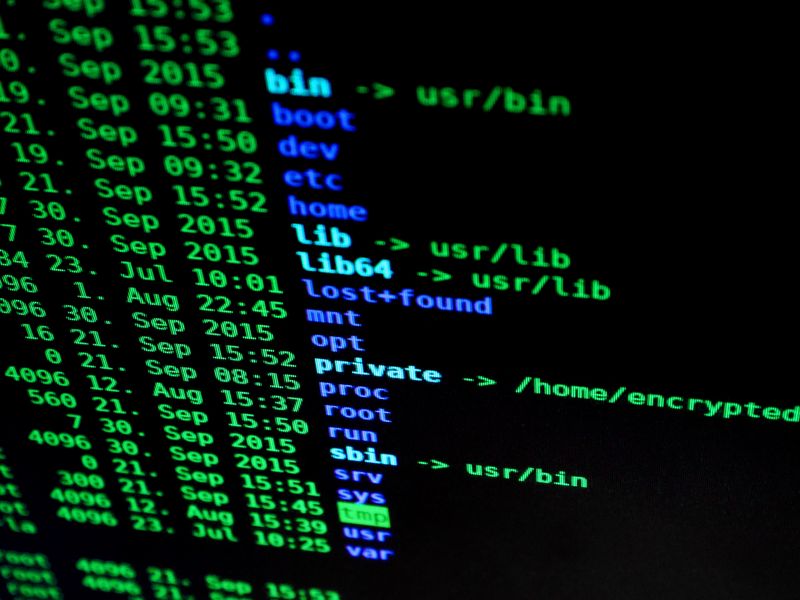Managed Detection and Response (MDR): Bolstering Security Measures
Introduction
Managed detection and response (MDR) has emerged as a crucial solution for organizations looking to bolster their security measures. MDR allows businesses to outsource the management of endpoint detection and response (EDR) products deployed across their network domains. With real-time threat hunting capabilities, MDR services detect and mitigate malicious activities on individual endpoints while promptly alerting the service provider’s security operations center (SOC) for further investigation. By leveraging the expertise of security specialists, MDR services relieve organizations of the complexities and criticality associated with security operations.
Types of MDR Solutions
MDR services come in various forms, tailored to an organization’s technology environment and risk requirements. These include:
– Bring-your-own security stacks (hybrid): These are MDR solutions that integrate with existing security products deployed within an environment.
– Full vendor-supplied MDR stacks: These are standalone MDR platforms that operate independently.
– Cloud MDR solutions: These are MDR services delivered through a centrally managed, multitenant cloud platform providing log management, orchestration, real-time analytics, and a user interface (UI) dashboard.
– Managed extended detection and response (managed XDR): These are MDR solutions that extend beyond endpoint detection to include protection for email, cloud services, DNS, Internet of Things (IoT) and medical devices, and industrial control systems (ICS) and supervisory control and data acquisition (SCADA) networks.
– Custom MDR solutions: These are tailored MDR offerings designed to meet an organization’s unique requirements.
Key Considerations for Evaluating MDR Solutions
To assess the quality of an MDR solution, it is essential to evaluate associated EDR products and cybersecurity services separately. Consider the following factors:
1. Malware detection and response: An effective MDR solution should swiftly detect and respond to a wide range of threats, minimizing the dwell time of malware and preventing it from impacting the affected system.
2. Threat detection capabilities: The ability to detect both known and unknown threats, coupled with utilizing the latest threat intelligence, is crucial for an MDR solution’s efficacy. Managed XDR solutions that offer extended capabilities should efficiently correlate security telemetry and orchestrate a comprehensive real-time response across the network.
3. Service commitment: Assess the MDR provider’s commitment to delivering services, including around-the-clock support availability and the comprehensiveness of its service-level agreement (SLA). Additionally, consider the provider’s reputation, scalability, and ability to leverage global cyber-threat intelligence.
4. Customization and remediation: Evaluate whether the MDR provider offers tailored products and comprehensive threat remediation and mitigation services to address your unique environment.
Selecting the Right MDR Provider
Choosing the appropriate MDR provider requires a comprehensive analysis of the organization’s risk requirements and operational technologies. Decision-makers should have a clear understanding of their network’s critical assets, sensitive data, employed technologies, and the relevant threat landscape. This knowledge enables organizations to evaluate each MDR provider based on their product and service offerings. To gain further insights into the performance of various endpoint security solutions, independent research reports like the MITRE Enginuity ATT&CK Evaluations publish performance benchmarks. These evaluations offer valuable information on how vendors’ products perform against simulated attacks, aiding in the comparison of different solutions.
Fortify Your Security Posture With MDR
MDR has become an indispensable security solution, empowering organizations to proactively detect, respond, and mitigate threats across their network infrastructure. By carefully selecting the right MDR provider and solution, organizations can fortify their security posture and safeguard their critical assets from ever-evolving cyber threats. Companies of all sizes must now contend with a growing number of devices, each one representing a new addition to their attack surfaces. And they must do so while balancing skill gaps and resource shortages, all while hoping they don’t end up in an adversary’s crosshairs. Businesses need to partner with cybersecurity providers that provide the expertise, support, and endpoint protection they need to contend with a modern threat landscape.
About the Author
Matt Schneiderman is BlackBerry’s Web Writer and Editor, where he researches and publishes articles about cybersecurity and malware topics.
Keywords: Technology-wordpress, managed detection and response, MDR solution, key criteria, selecting, cybersecurity

<< photo by Drew Williams >>
The image is for illustrative purposes only and does not depict the actual situation.
You might want to read !
- Breaking Down Mobile and Client-Side Security: Debunking 3 Common Myths
- “India’s Digital Personal Data Protection Bill: A Bold Step Towards Safeguarding User Privacy”
- The Delicate Balancing Act of Red-Teaming AI Models: Prioritizing Security in the Face of Complexity
- Exploring the Growing Impact of Microsoft’s Cloud Security Posture Management on Google Cloud
- “Google and Microsoft Embrace Rust: Enhancing Security in the World of Tech Giants”
- The Changing Landscape of Cybersecurity: A Look at July 2023’s M&A Activity




